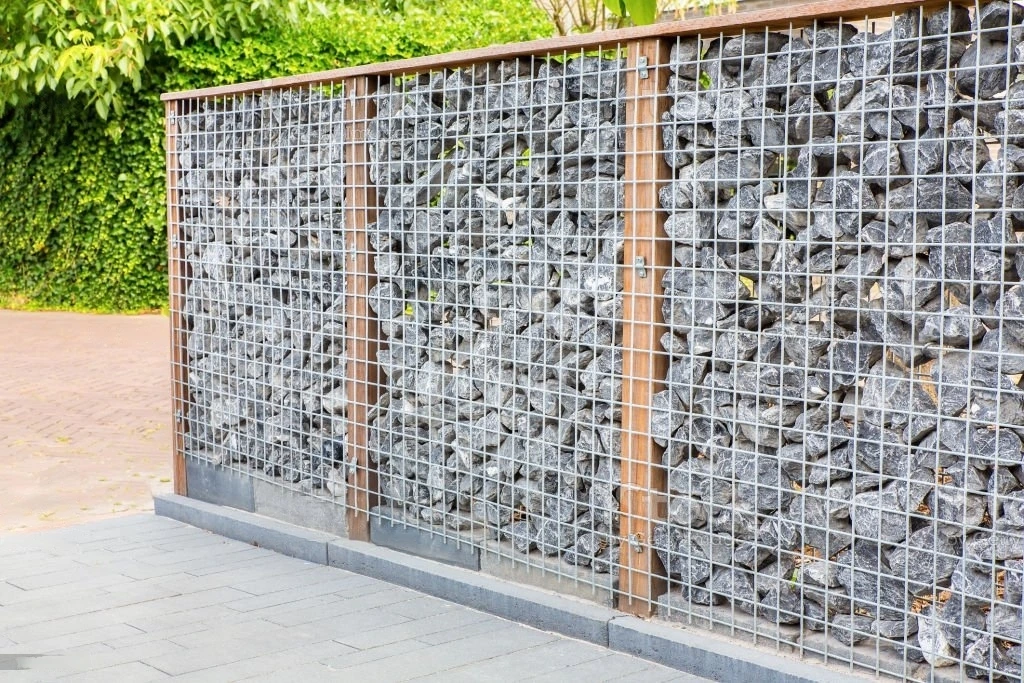Retaining walls can be an excellent addition to any landscaping project, providing both functionality and aesthetic appeal. They are commonly used to hold back soil and prevent erosion and are available in a wide range of materials, including natural stone, concrete, and retainer wall blocks. However, when it comes to purchasing retainer wall blocks for your retaining wall project. One important consideration is how many blocks come on a pallet.
Knowing how many blocks come on a pallet can help you plan your project and ensure that you have enough materials on hand to complete the job. The number of blocks per pallet can vary depending on the size and weight of the blocks. As well as the manufacturer’s packaging specifications. This information can be important when it comes to estimating costs and determining how many pallets you will need to order.
In this blog post, we will take a closer look at how many retaining wall blocks come on a pallet. As well as some other important factors to consider when planning your retaining wall project. Whether you are a DIY enthusiast or a professional contractor. This information can help you make informed decisions and ensure that your retaining wall is a success. So, let’s get started!
How Many Types Of Retaining Wall?
Retaining walls are essential structures that are built to prevent soil erosion, control water drainage, and hold back large quantities of soil. These walls are commonly used in landscaping, civil engineering, and construction projects. They provide a functional and aesthetic solution for many different types of terrains and landscapes. Retaining walls come in various shapes, sizes, and materials, each with its unique advantages and disadvantages.
One of the most popular types of retaining walls is the retainer wall blocks. These walls are made of precast concrete blocks that are designed to interlock, creating a sturdy and durable structure. Retainer wall blocks are versatile and can be used to build walls of various heights and shapes. They are also easy to install, making them a popular choice for DIY projects.
Another common type of retaining wall is the gravity wall. This type of wall relies on its weight and mass to hold back the soil. Gravity walls are typically made of stone, concrete, or brick and are ideal for small retaining walls.
In this blog post, we will explore the different types of retaining walls. Including retainer wall blocks and gravity walls, as well as their advantages and disadvantages. We will also provide tips on how to choose the right type of retaining wall for your project.
How Long The Retaining Wall Last?
Retaining walls are an essential feature of many landscapes and outdoor spaces. They are commonly used to hold back soil, and prevent erosion. Create level areas for patios, gardens, and other outdoor features. Retaining walls can be constructed from a variety of materials, including concrete, stone, brick, and retainer wall blocks. However, regardless of the material used, one of the most common questions that people have is how long a retaining wall will last.
The lifespan of a retaining wall depends on several factors. Including the quality of construction, the type of materials used, and the amount of maintenance that the wall receives. In this blog post, we will explore these factors in detail and provide you with information that will help you understand how long your retaining wall is likely to last.
We will also discuss the benefits of using retainer wall blocks for retaining wall construction. Including their durability, affordability, and versatility. By the end of this post, you will have a better understanding of the lifespan of retaining walls and the factors that contribute to their longevity. So, let’s dive in and explore the world of retaining walls.
How Retaining The Wall Structure?
Retaining walls are essential structures that help prevent soil erosion and provide structural support for a variety of landscaping and construction projects. These walls are typically made of retainer wall blocks or other materials, and they can be customized to suit the specific needs of each project. Whether you’re building a retaining wall for a residential or commercial property. Understanding the fundamentals of how these structures are designed and constructed is essential.
In this blog, we will explore the various aspects of building retaining walls, including the importance of selecting the right retainer wall blocks and the factors that influence the design and construction of these structures. We will also examine some of the key considerations that you should keep in mind when planning a retainer wall project, such as drainage, soil composition, and environmental factors.
By the end of this blog, you will have a better understanding of how retaining walls are constructed and the factors that are involved in creating a successful and functional structure. So, whether you’re a DIY enthusiast or a professional contractor. Join us as we dive into the world of retaining walls and explore the many possibilities that these structures offer.





